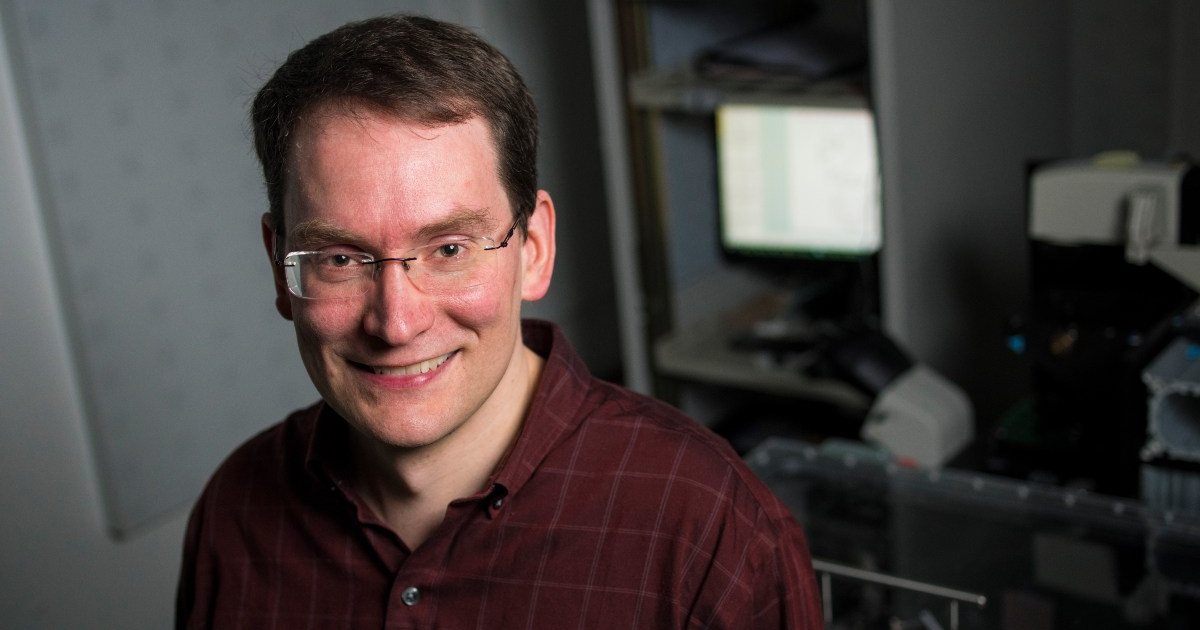New research has identified a part of the SARS-CoV-2 coronavirus that can be targeted by drugs that prevent the virus from replicating-a key step for developing new and more effective drug treatments.
"This study looked at a molecular process that the coronavirus uses to control how it makes the viral proteins it needs to replicate itself, called frameshifting," explained Michael Woodside, professor in the University of Alberta's Department of Physics and co-author on the study.
"Because one of the products of frameshifting is the enzyme that the virus uses to replicate itself, frameshifting is a promising target for potential drugs."
The researchers compared frameshifting in SARS-CoV-2 to the same process in its close cousin, the coronavirus that caused the SARS outbreak in the early 2000s. Their results show that both the genetics and structure of frameshifting is the same in both viruses.
"This work is important because it tells us that what we've learned about frameshifting in the original SARS virus can also be applied to the new coronavirus, and it shows a proof of principle that small-molecule drugs can knock down frameshifting," explained Woodside.
"We're planning in future work to see if this compound is also effective at suppressing the replication of the virus-even though its effect is not strong enough to make a good drug, it can teach us about what to look for in something that could make a good drug."
Collaborators on the research include Jon Dinman, professor in the Department of Cell Biology and Molecular Genetics at University of Maryland College Park, who completed the mutagenesis and cell-based studies of frameshifting, and Lois Pollack at Cornell University, who completed X-ray scattering measurements of the pseudoknot structures.
This research was funded by the Canadian Institutes of Health Research and Alberta Innovates as part of their rapid research response program for addressing COVID-19.
The study, "Structural and Functional Conservation of the Programmed −1 Ribosomal Frameshift Signal of SARS Coronavirus 2 (SARS-CoV-2)," was published in the Journal of Biological Chemistry.
